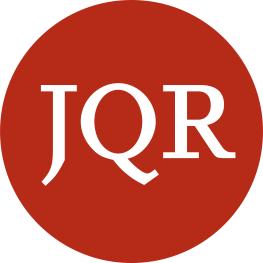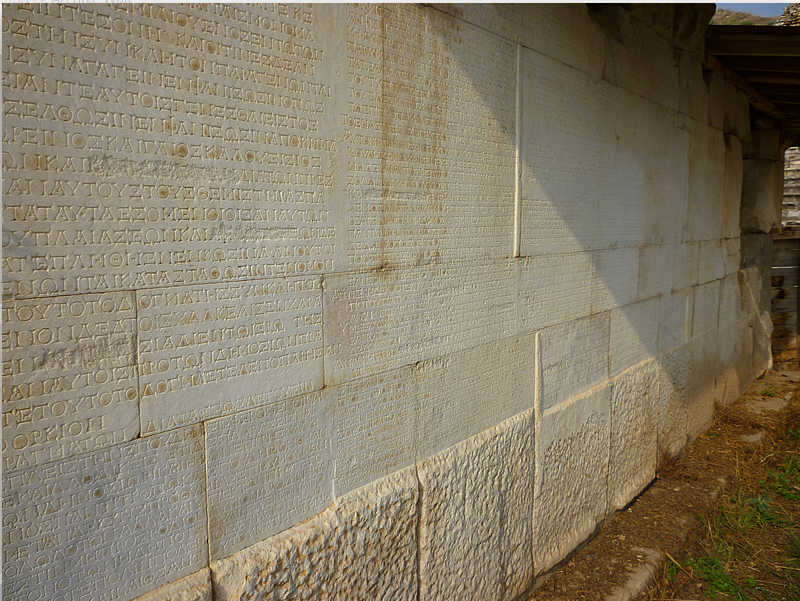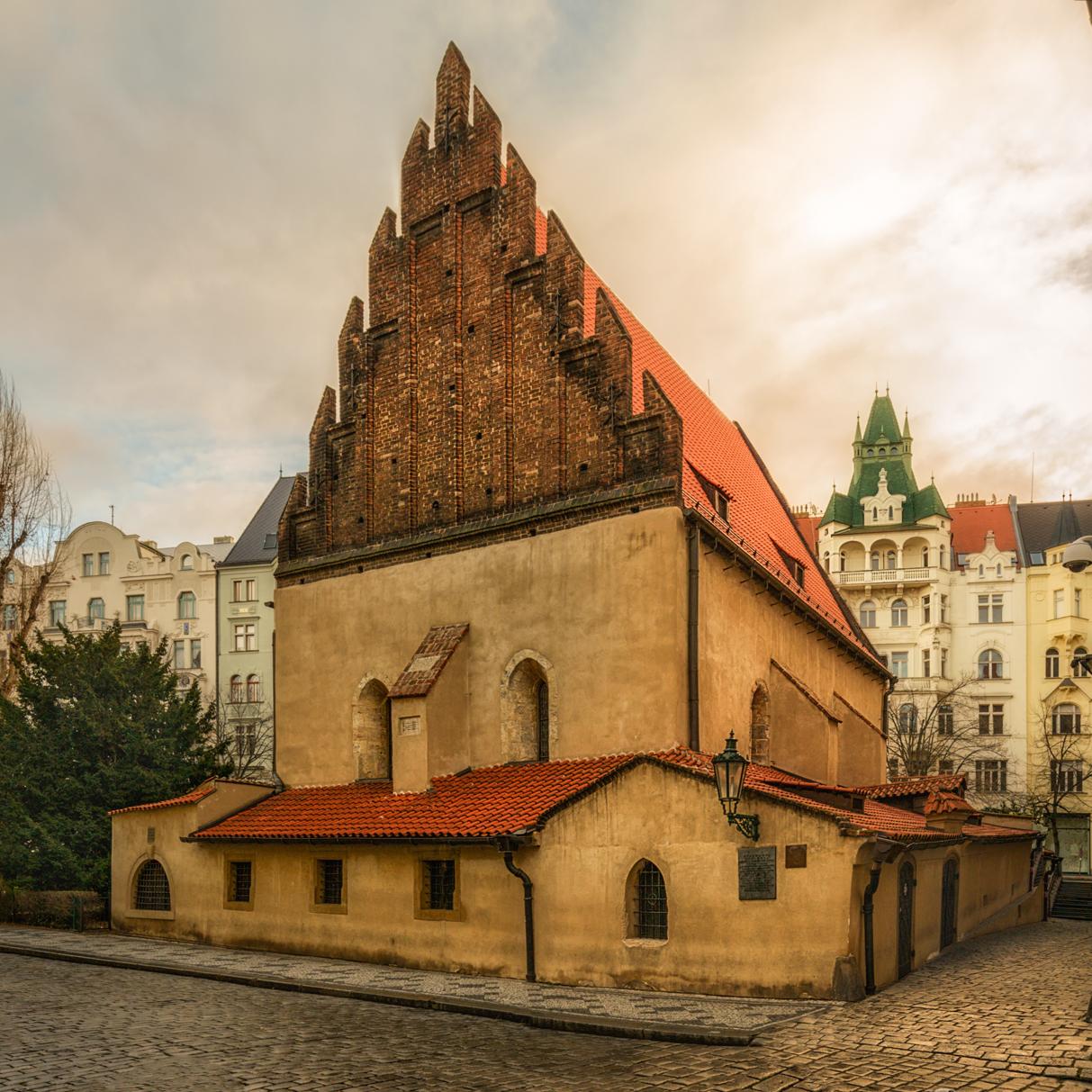Rabbis, Neighbors, and Political Autonomy
Benjamin Schvarcz adds a chapter to Jewish political theory with his study of rabbinic laws governing neighbors

Detail from the Zucker Holy Land travel manuscript (Switzerland 17th c.; Penn Libraries CAJS Rar Ms 455)
The city serves as the stage for much of Jewish history. For a host of historical, demographic, and economic reasons, Jews have often been city-dwellers, and even when not, the association of the Jewish with the urban has kept a hold on the imagination of Jews and gentiles alike. The city looms large as part of the horizon of Jewishness, beginning even from the urbanization of the early rabbinic movement in Roman Palestine. In the spring 2023 issue of JQR (113.2) Benjamin Schvarcz dives into early rabbinic halakhic material to try to determine how the rabbis understood where they lived: what in fact was a city? A random collection of people? A political collective? A holding area for Roman taxpayers? A convenient hub for the movement of materials and execution of business?
Schvarcz makes the case that we can access the rabbis’ views by looking at the laws governing neighbors, arguing that these laws hold within them the seeds of a political theory of the city. Two people who live in close proximity, sharing a courtyard, a garden plot, or a party wall, for example, operate according to halakhah under what Schvarcz labels “spontaneous partnerships.” By this he means that neighbors incur contractual obligations to one another on a range of vectors that are binding even when never articulated explicitly. When the wall separating our potato patches collapses, we must share the cost of its repair because of the inherent relationship among those who share such a structure.
Schvarcz deftly shows how the laws that articulate this tacit communal contractualism can be extrapolated outward: “Private law reasoning,” he states, “serves the rabbis to theorize the life of the city as a whole.” The city is an extended shared courtyard, as it were, and its citizens are obligated to one another in a set of distinct and mutually constituting and protecting obligations. This civic ideology—a political theory, he says—is on the one hand legible to Roman idea of the city, though not dominant there. And on the other hand it grounds a quietly defiant definition of a Jewish polity on the local level. The rabbis imagine a city that is not defined from the top or from the imperial center, but by its native members. In the realm of halakhah, at least, “the people of the city therefore rule as equals among themselves and as autonomous vis-à-vis external imperial power.”
A few pieces from our archives that also set the city at the center:
- “Cities Surrounded by a Wall from the Time of Joshua Son of Nun’’ as a Rabbinic Response to the Roman Pomerium (JQR 106.1) by Eyal Ben-Eliyahu
- Torah in Triclinia: The Rabbinic Banquet and the Significance of Architecture (JQR 102.3) by Gil Klein
- The Christian Appropriation of Jerusalem in the Fourth Century: The Case of the Bordeaux Pilgrim (JQR 99.4) by Oded Irshai
- How the Golem Came to Prague (JQR 103.2) by Edan Dekel and Gant Gurley
- London and the East End as Spectacles of Urban Tourism (JQR 99.3) by Nils Roemer



